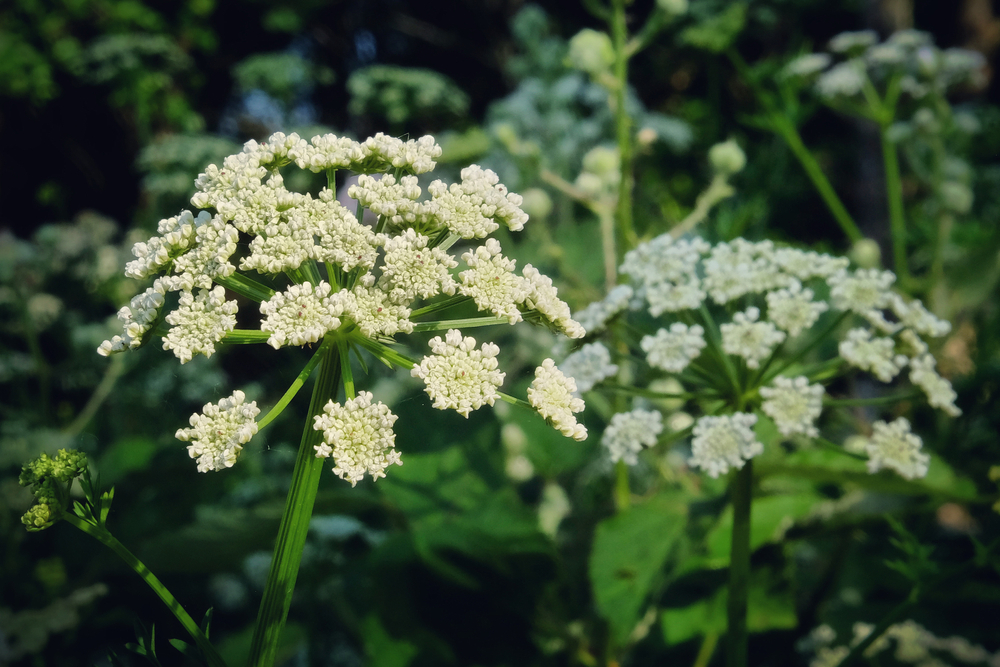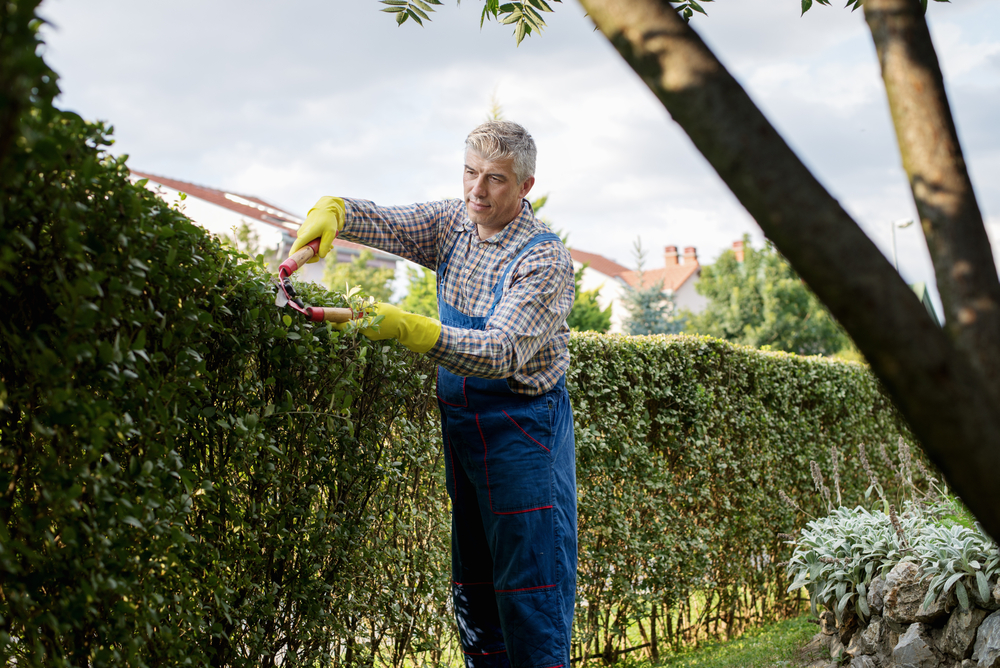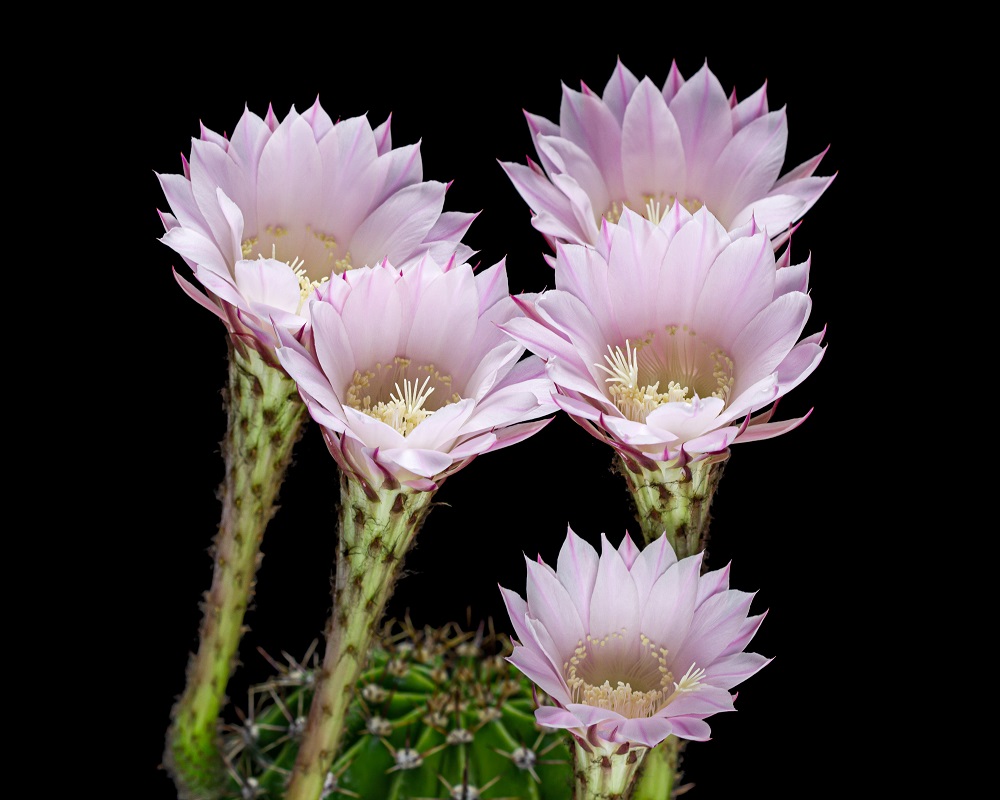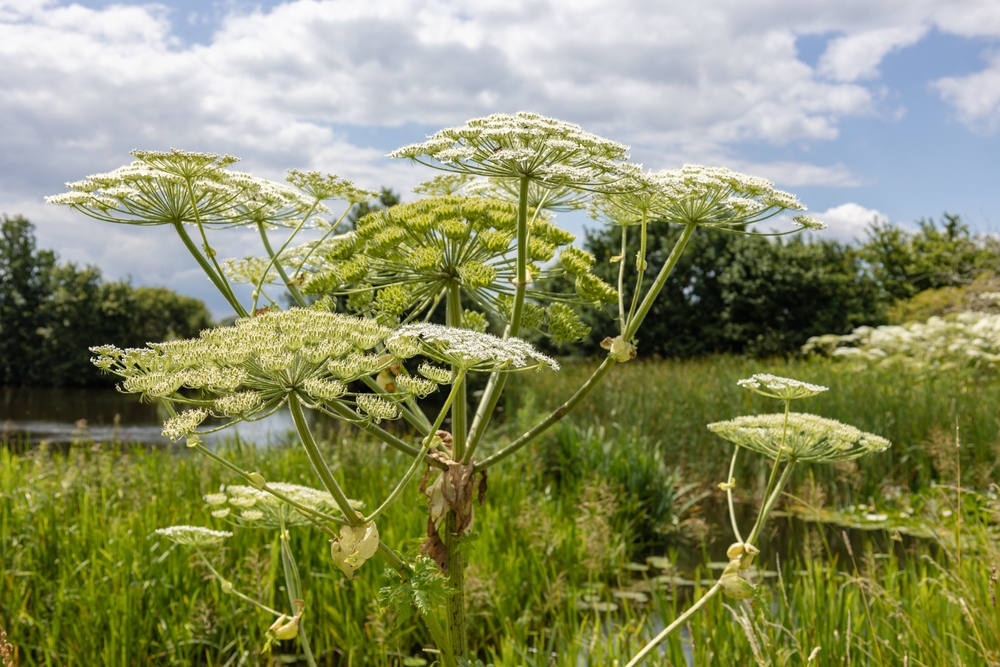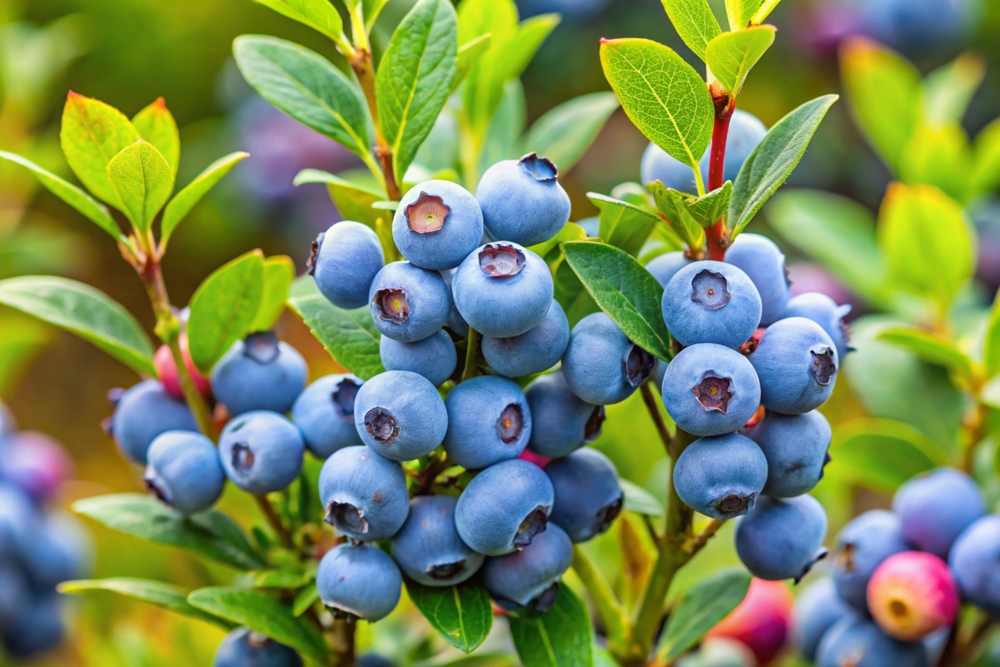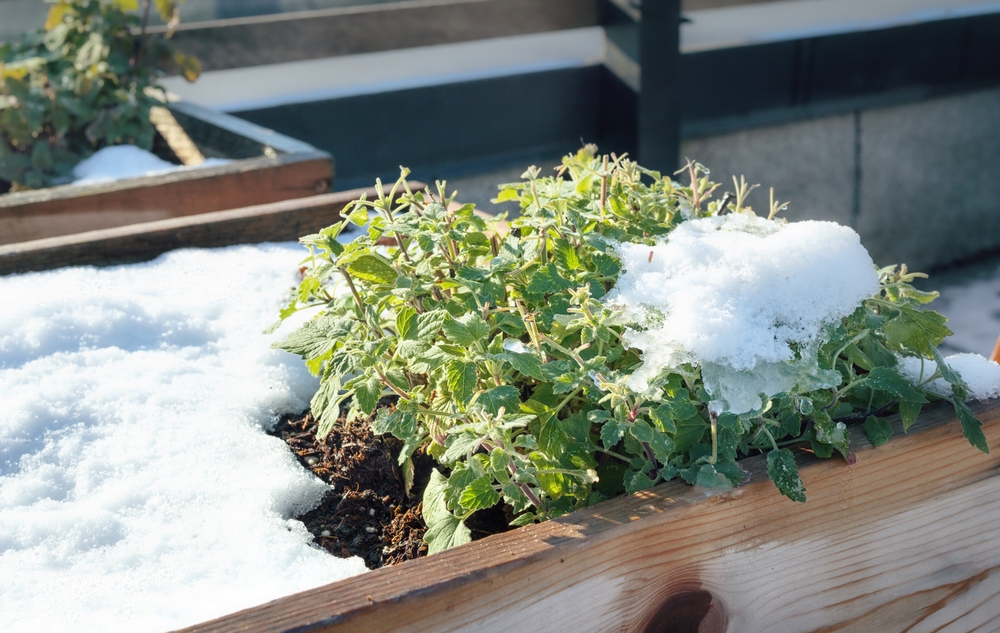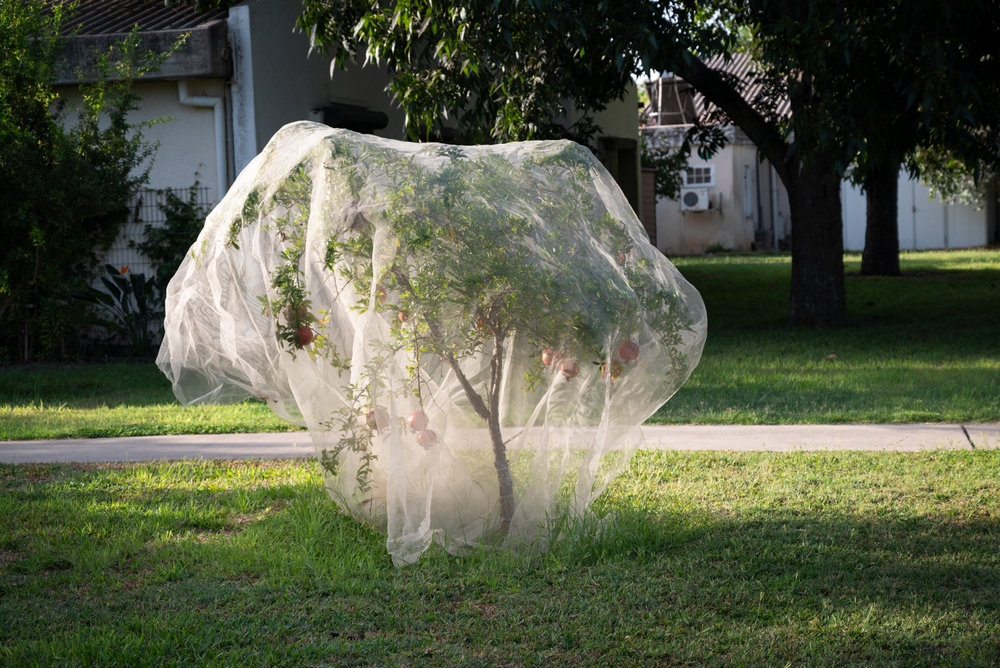Have you considered these amazing medicinal herbs for your next gardening project?
When it comes to medicinal herbs, a lot of us end up thinking about teas and other natural remedies that our grandmas used to make for us.
However, medicinal herbs can be some of the best plants to keep in your garden that are going to serve two functions; not only are they going to be gorgeous and make your garden vibrant and full of color, but they are also going to be useful in treating certain ailments!
In the ideal world, we would be able to just think about what hurts and know the plants that we need. Or we would have been able to get this knowledge from our relatives.
However, identifying the essential herbs for our garden and the medicinal herbs that can aid us is not a simple task.
This is not due to a lack of resources, but rather that there are different herbs for all types of ailments, and depending on your health concerns, climate, and soil, you will be able to grow some or most of the ones that you need.
Since it is hard to know which medicinal herbs will end up being the best for everyone, we have gathered some of the most commonly used and useful plants that will be able to bring color and vibrancy to your garden while also being able to help you in times of need!
From some that you have heard of all the way to some that you would not think would make for medicinal herbs, keep on reading to discover the best plants that can help you!
Do you grow any of these plants that double as medicine? Which ones have helped you? Share your experiences in the comments with your fellow apothecary garden enthusiasts!
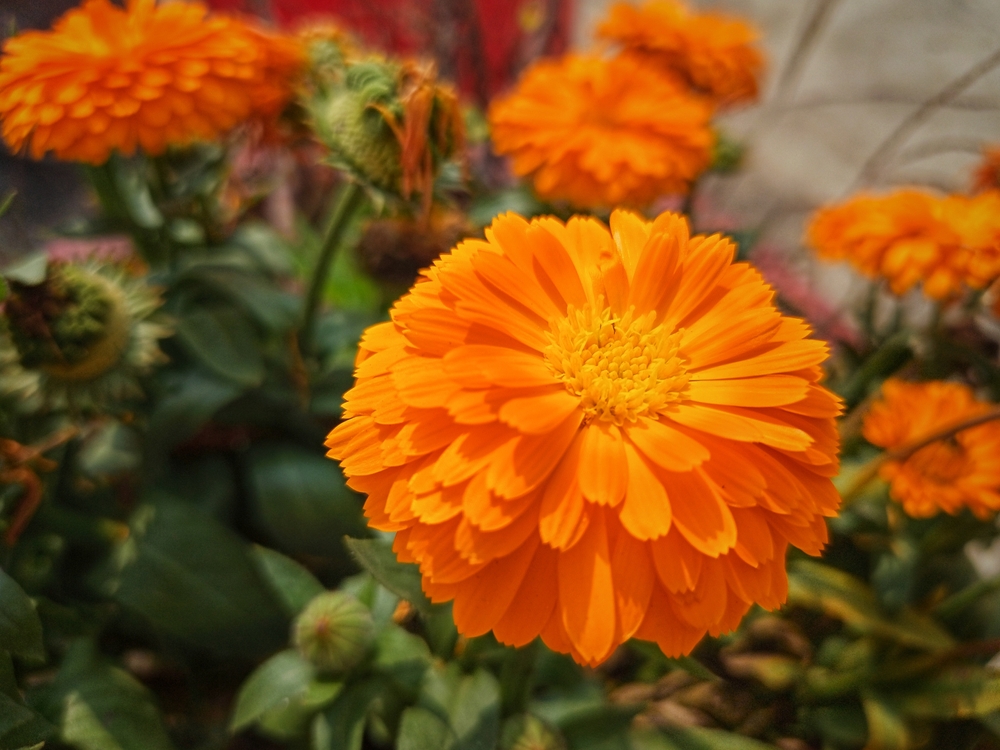
Pot Marigold (Calendula officinalis, Asteraceae)
You may already have a medicinal herb in your garden and have no idea that it is. Pot marigold, also known as Calendula, is one of the most beloved and familiar herbs for those who seek to grow some medicinal herbs in their back gardens.
What you use from the cheerful yellow flowers are the petals. Known technically as ray florets, the calendula petals are edible, which is why they have been used as ingredients in medicinal teas over the years.
What’s more, the whole flower is extremely useful when it comes to addressing certain skin conditions and treating dry skin.
I have been growing calendula close to the front porch of my home, where I can end up admiring the golden blooms and see all the pollinators come and take their share during the long, summer days!
If you are interested in growing this plant, know that you will need pretty good soil, but even an average one is going to do the job well since calendula is a hearty plant and easy to grow overall.
You will need to make sure you have a spot with full sun for it.
You can also grow it fairly easily from seeds, be it in early pots or directly in the soil. The seedlings are also fairly cold-tolerant, so if your spring is a bit colder, it should not be an issue.
You do not even need a garden, as calendula can easily be kept in a pot, hence the popular name Pot marigold!
Just ensure that you plant it with enough space between them (about 10 to 14 inches) and that it will end up growing fairly tall, at about 18 inches on average.
If you want to make sure that you are going to have a long flowering season, you will have to pick the flowers (which can be pretty sticky) every two to three days.
Calendulas are self-sowing, unless you are into the habit of heavy mulching. You will not be able to grow it as a perennial (though Zones 8 to 10 have had short-lived success with it), as it is more of a typical annual plant.
Other uses for calendula flowers, aside from teas and skin mixtures, include making topical oils and salves for rashes, burns, and healing wounds, and for these, you can use the whole flower, including the green part.
You can also find it as an ingredient in a lot of rash ointments and creams, as it has a big claim to fame. If in need, you can also cover a wound, blister, or rash with a washed-blooming flower and tape it for a couple of hours.
Passionflower (Passiflora incarnata, Passifloraceae)
Native to the Southeast of the United States, the passionflower is a vine flower that has amazing, gorgeous flowers and interesting foliage.
Over the years, this medicinal herb has been overlooked since it has a pretty big weed range. However, it can easily be grown in a lot of spaces, and it will thrive if it has a trellis or wall to climb on!
For this plant, you can use both the flowers and leaves in a medical sense, as they have been used as painkillers and nervine sedatives in apothecaries over the centuries, and you may have earned of it when it comes to promoting healthy sleep.
Even more, they can also be used by women to alleviate the pain of menstrual cramps, and they have been useful in treating headaches as well for everyone.
Different from calendula, passionflower is a perennial herb that is going to make for an amazing climber on fences and arbors, which makes it a great yard addition even if you do not make use of its medicinal properties.
Ensure you plant them about 3 feet apart and that each of the plants has a trellis so they can start their upward growth. Over the course of the summer, they can climb even more than 5 feet in height.
If you plan on growing this plant, make sure that it will be able to get full sun, as it has been proven that passing that receive enough sunlight are going to have more profuse blooms even in colder climates like the north!
However, if you live in a hot climate, you should consider a spot that will be able to give your passionflower some shade by the time mid-afternoon rolls around.
While acclimated to warm climates, this medicinal herb is hardy only to zone 6, and frost is going to make it tender. If you live in an area that is prone to harsh winters, make sure you mulch it heavily in the fall so that it can withstand winter.
While the plant is not fussy when it comes to soil type, you are going to be looking to get some soil that is going to be well-drained. You can also germinate seeds, stratify, and scar seeds, but these are a bit more advanced techniques we will explore in other articles.
Passionflower, for as useful and pretty as it can be, is not a plant for those who cannot be patient. It can take months for the seeds to sprout, and germination will also take some time.
If you want a challenge that is extremely rewarding, then Passionflower is going to be for you. Believe me, the results are worth it!
If you are just now starting your journey towards training those green thumbs make sure that you are in the know, that way you will minimize the chances of being disappointed. If you are looking for reliable information all in one place that is easy to access, we recommend you also read this book besides scrolling through our website!
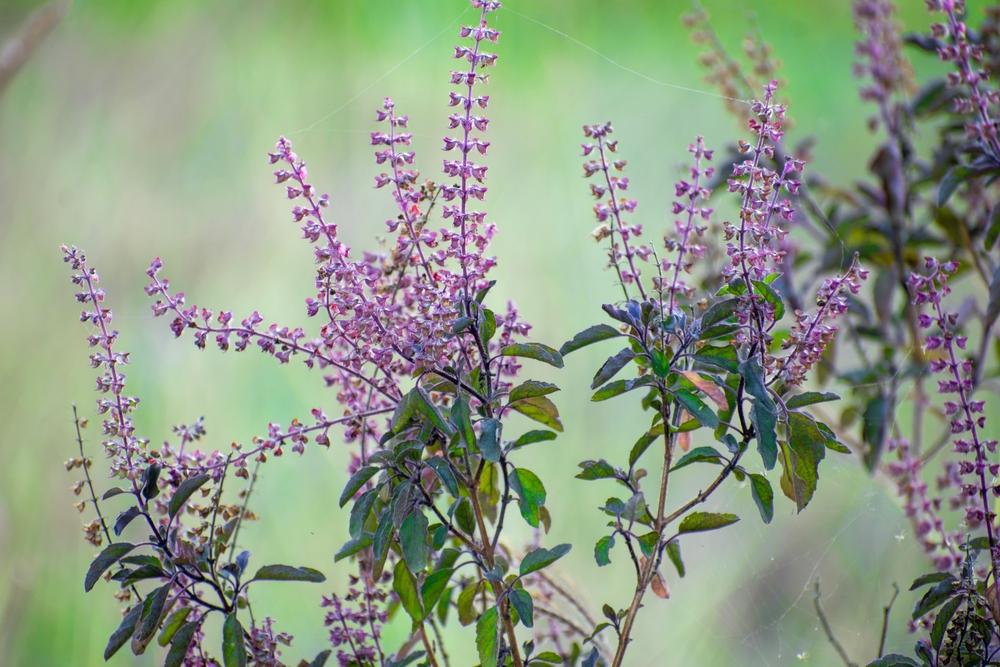
Holy Basil (Ocimum tenuiflorum syn. O. sanctum, Lamiaceae)
While we are all familiar with normal basil, Tulsi, which is also known as Holy Basil, is a native relative that is native to Sri Lanka, India, and Malaysia.
Recently, we have started to pay more attention to this basil variety and realized how it could be used as a medicinal herb.
Holy basil makes for a very good herbal tea that is highly aromatic. And while we are slower to the party, this medicinal herb has been used for centuries across the pond for both its aromatic and antimicrobial properties.
As a medicine, you can use both the flowers and the leaves and make them into medicinal teas. It has been shown that is a great help with things like colds and coughs, along with the likes of lung diseases like bronchitis, asthma, and even sinusitis.
The lesser-known uses of this medicinal tea are for the likes of diabetes and arthritis, along with being able to help with headaches as well.
What’s more, Tulsi tea has been seen to improve the symptoms of stress and anxiety as well. Given the numerous types of ailments it can aid, we can see why the plant has gotten the popular name of Holy Basil!
Tulsi has an adaptogenic effect, which will aid those who drink the tea with focus and mental clarity and also give people an uplifting energy.
If you are not that sold on the medical properties of Tulsi, you can still use it as you would with a normal basil plant.
This basil variety is more pungent and strong in flavor, but otherwise, it is edible and just as useful in the kitchen. We suggest you make pesto with holy basil, and you will be surprised at how good it can be!
If you wish to grow this plant, you are in luck, as it is a perennial herb that will thrive in Zones 10 and warmer. In all other zones in the United States, it will only be able to grow as an annual.
The silver lining is that even in cooler climates, you may be able to see it self-seed quite prolifically.
They need an average to moist soil in order to thrive, along with full sun. You should space the plants with about 1 to 1.5 feet between them and expect them to grow anywhere from 1 to 2 feet tall!
While other plants may be more fussy, Tulsi can easily be grown directly from seeds, but you need to be careful not to plant them too deep since they are tiny plants.
To get ahead of the curb, you can germinate with bottom heat the seeds in a greenhouse that will not get frozen overnight. The cold and fluctuating temperature will slow the sprouting action and the growth of the basil.
This means that if you want to be successful with adding this plant to your garden, you should plant it after you are sure the chance of frost is behind you.
Be careful, as when it first grows, Tulsi will appear puny, but as the days get longer and they get more warmth, it will take off in no time.
Just like with culinary basil, if you cut back the early flowers, you will encourage Tulsi to fill out and grow bigger.
You can easily harvest one plant multiple times a year, but the mature plant to 8 inches, and then watch it regrow—it’s a surprisingly fast process.
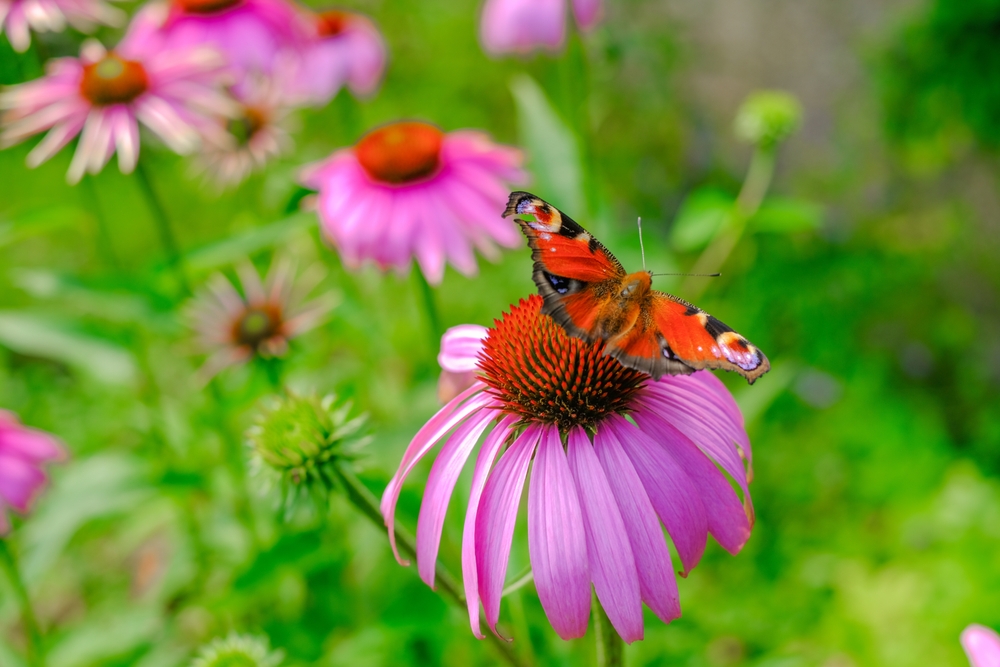
Purple Coneflower (Echinacea purpurea, Asteraceae)
If you’re familiar with garden ornamentals, then you have definitely seen your fair share of purple coneflowers around in the wild. But did you know that this same flower is going to be a great medicinal herb that you can use at home?
Also known by its more scientific name of Echinacea, this plant is both gorgeous and amazing on all fronts; not only is it easy to grow, but it is also unfussy, can withstand diseases and potential insect infestations, and it can easily live through a drought!
What’s more, most of the parts of this plant can be used for medicinal issues; the seeds, fresh flowers, and even roots can be made into a tea or tincture for some of your issues.
Just know that if you are going to be drinking tea made from this plant, you will have to prepare for a tingly-tasting experience.
The most common uses for Echinacea as a medicinal herb are to shorten the time spent with the flu or cold while also reducing associated symptoms, like fever, pharyngitis (sore throat), and coughs!
Purple coneflowers are perennials, which means that once you have planted them, you can expect them to be there for a long while and grace your yard with their gorgeous flowers every year.
They thrive when planted in full sun, as that’s when they will be producing all the flowers you would love to see.
Remember when we mentioned that the plant is unfussy? Echinacea purpurea is the Echinacea species that is going to be able to grow in most garden soils, so you do not have to worry too much about it.
However, if you are looking for another type of medicinal Echinacea, the Echinacea angustifolia is another species that is just as prized by most herbal hardeners.
If you want to give your plants the best shot at growing happily and fully, you should be planting them about 1 to 2 feet apart.
Expect them to be pretty tall, as they can grow up to 3 to 4 feet, and they are going to make for a really vibrant and colorful addition to your landscape.
Since it is such a useful and easy-to-care-for plant, you can go and sow seeds in trays or just directly into the soil in early spring. Most gardeners see germination within up to 3 weeks since plantation.
If you want to obtain a better germination rate, you can stratify the seeds for about two weeks before you plant them.
While we have sung the praises of this medicinal herb and how easy it is to care for it, you should not expect to see flowers in the first years.
It takes Echinacea about a year to produce flowers, and if you are looking to harvest the roots, know that they will be ready for this procedure in about two to three years after you have planted them.
Purple coneflowers will self-sow over winter, and they will attract goldfinches to your yard since they are loved by them!
So you may also add birdwatching to your hobby list alongside gardening!
If you plan to give a change to any of these plants, make sure that you are prepared for the possibility of them not blooming when you expect them to. Since plants can end up being a little mischievous even when we least expect them, make sure you know all the most common reasons why your flowers refuse to bloom!

